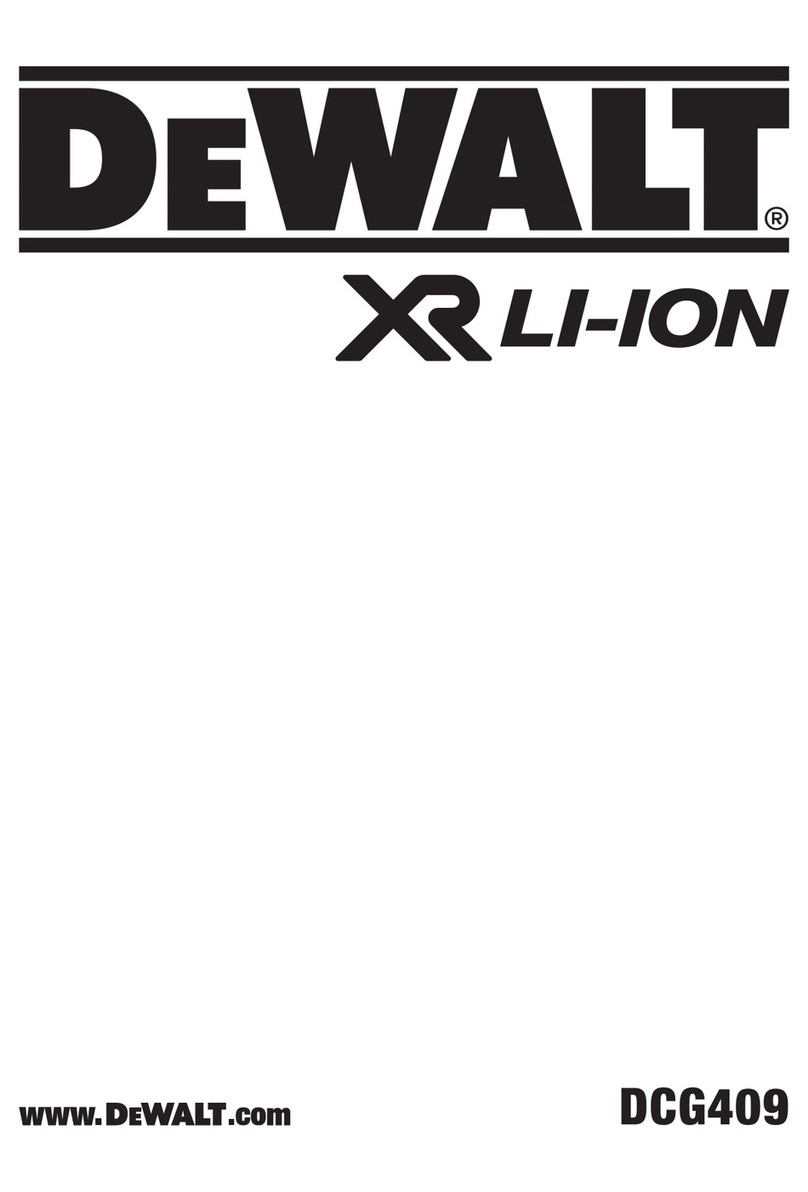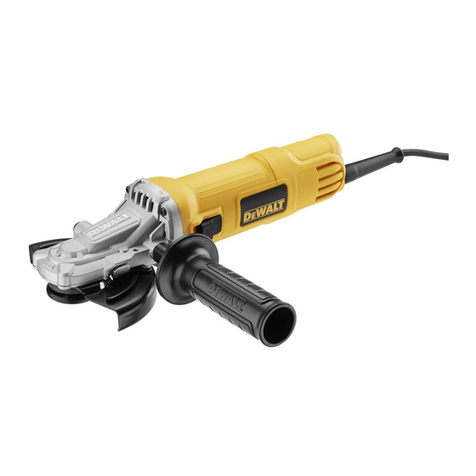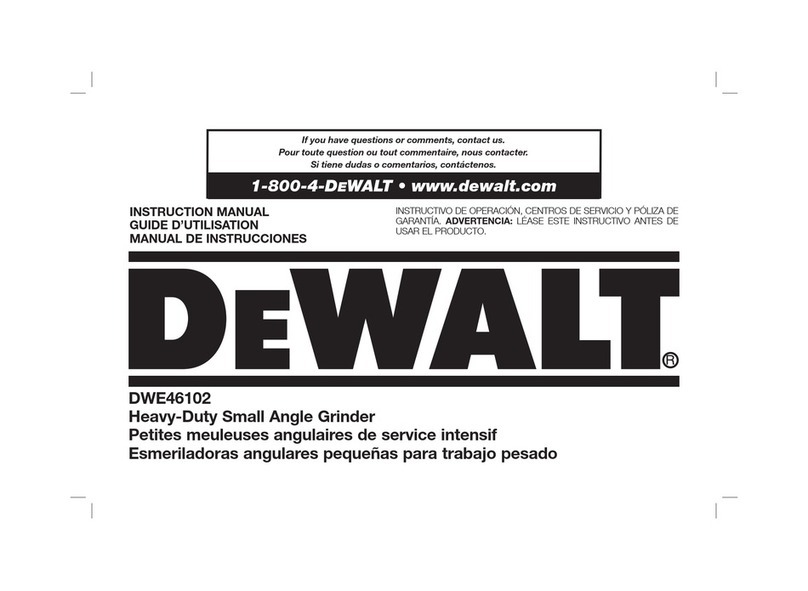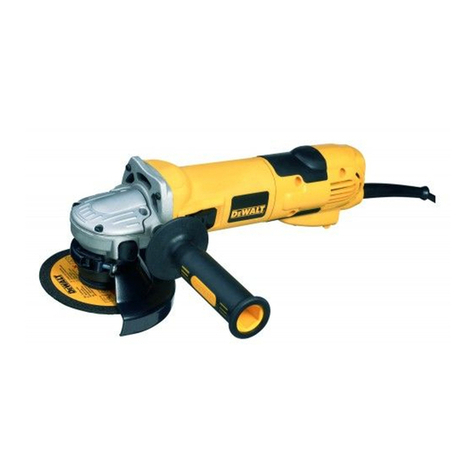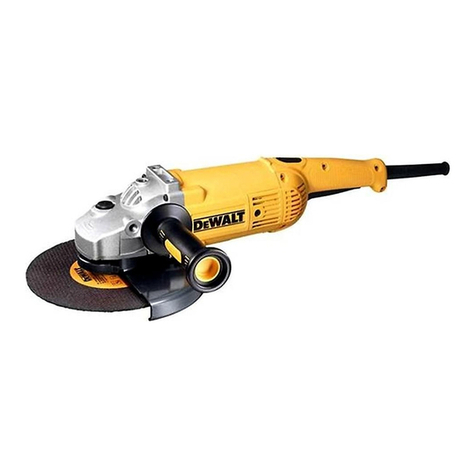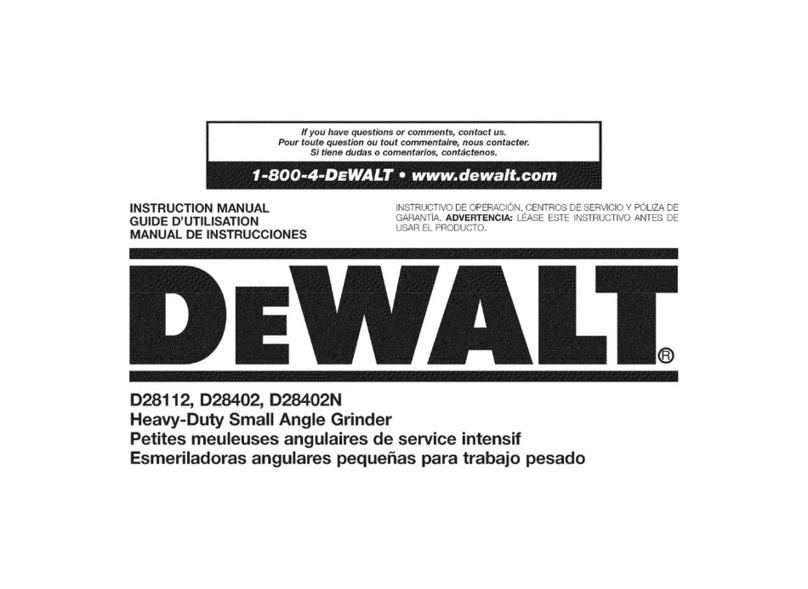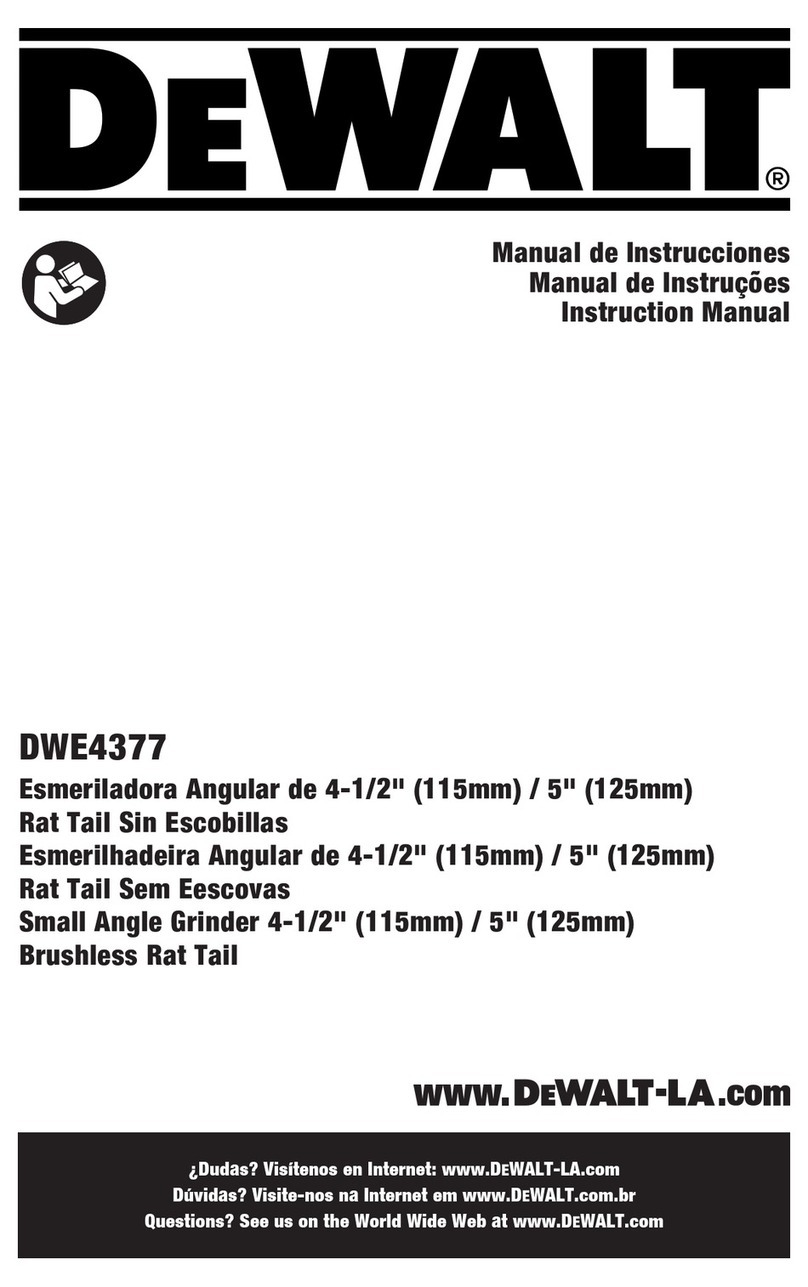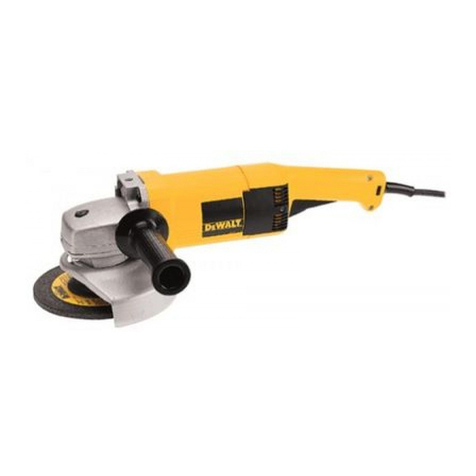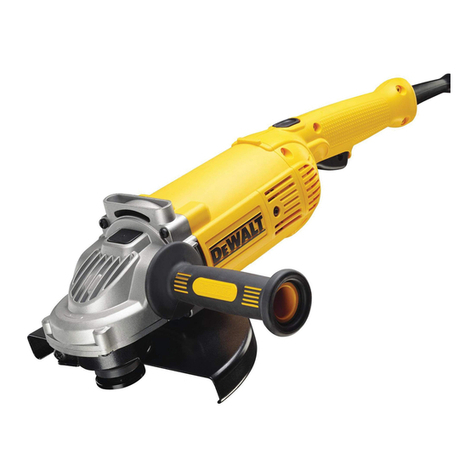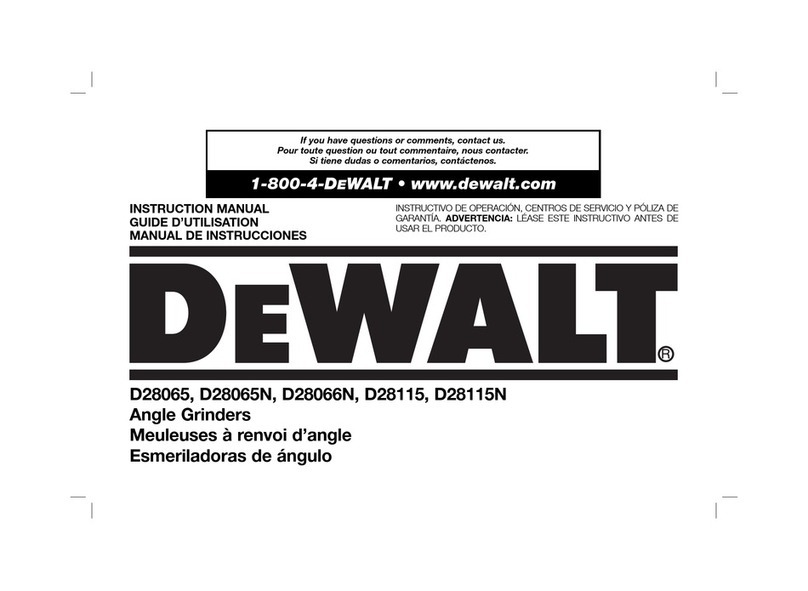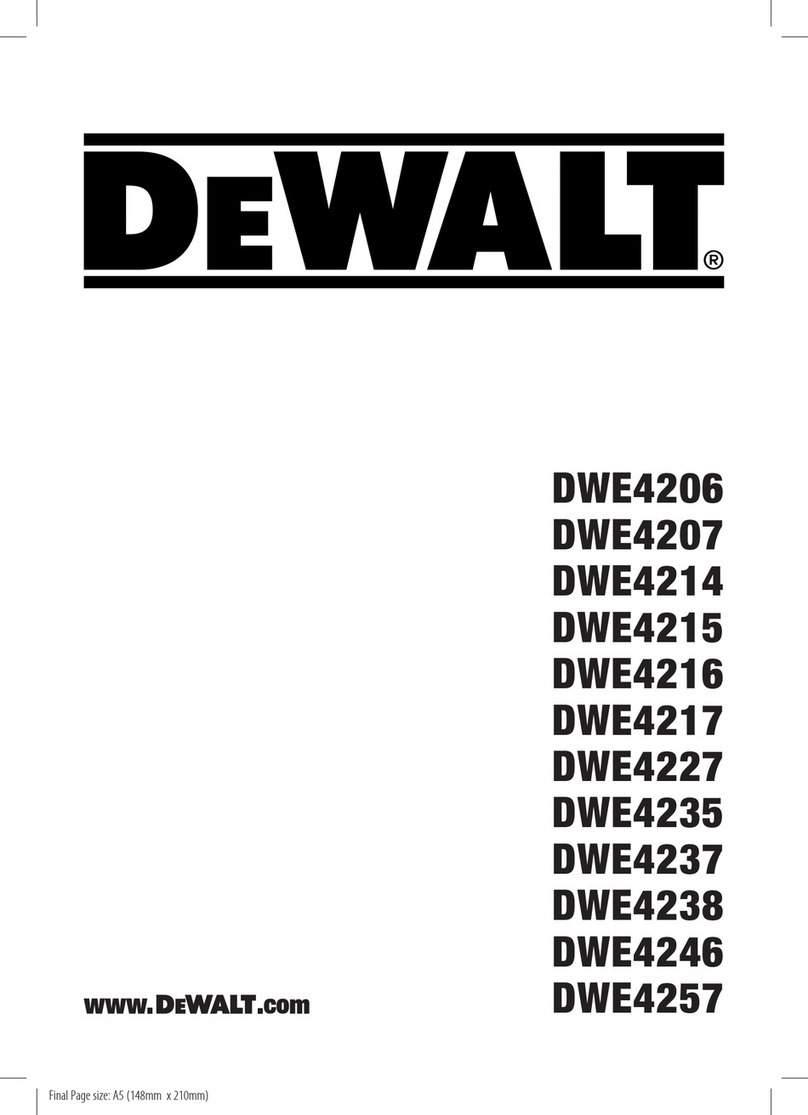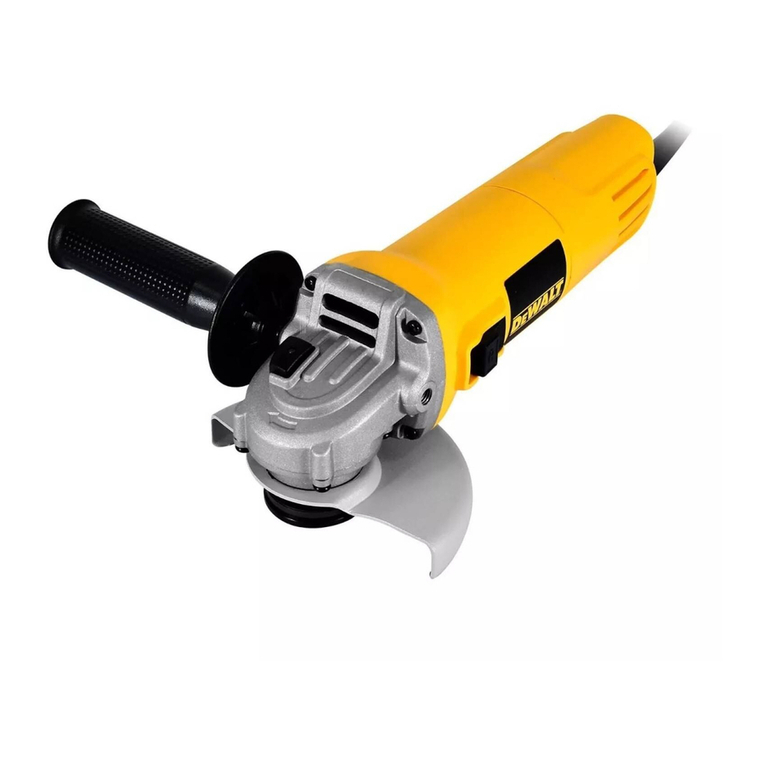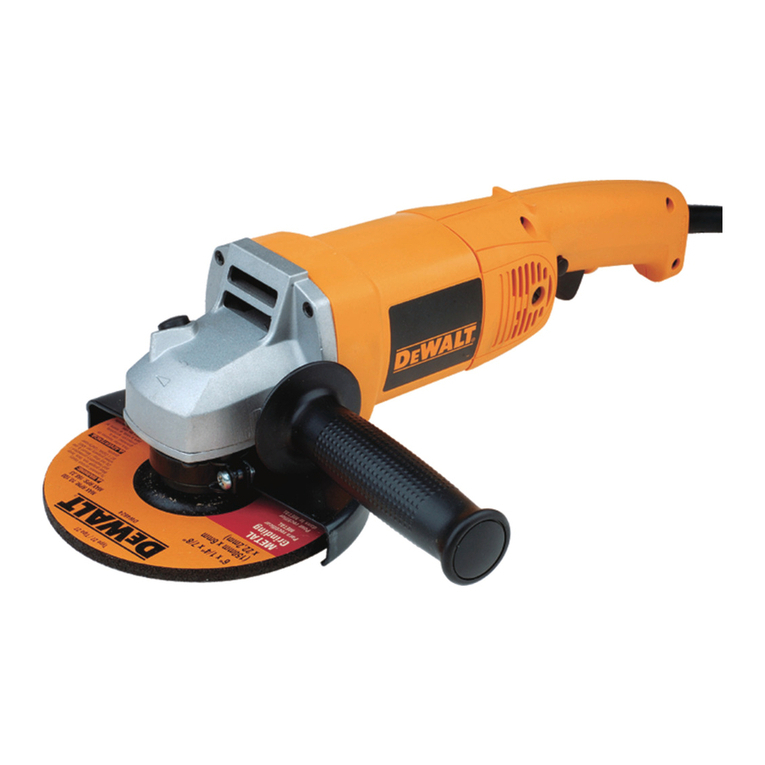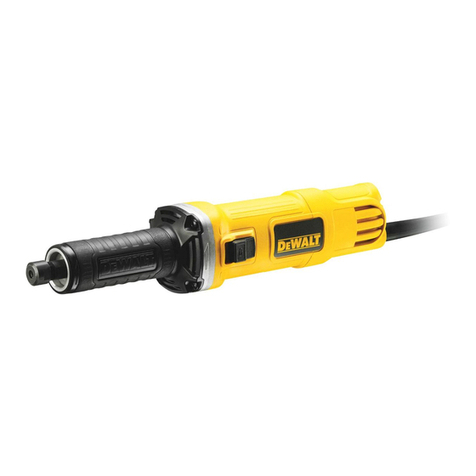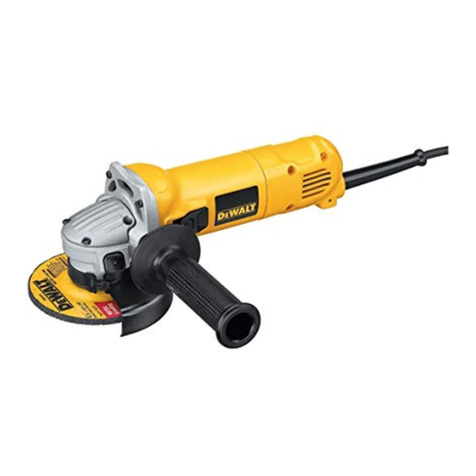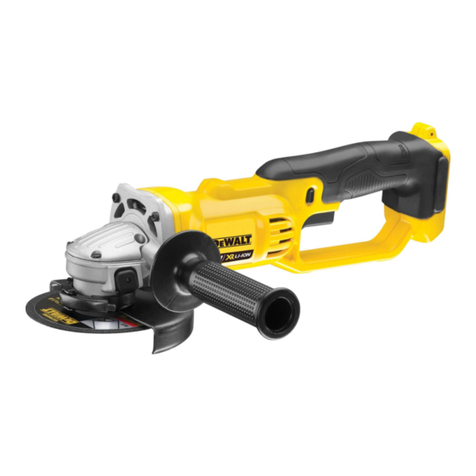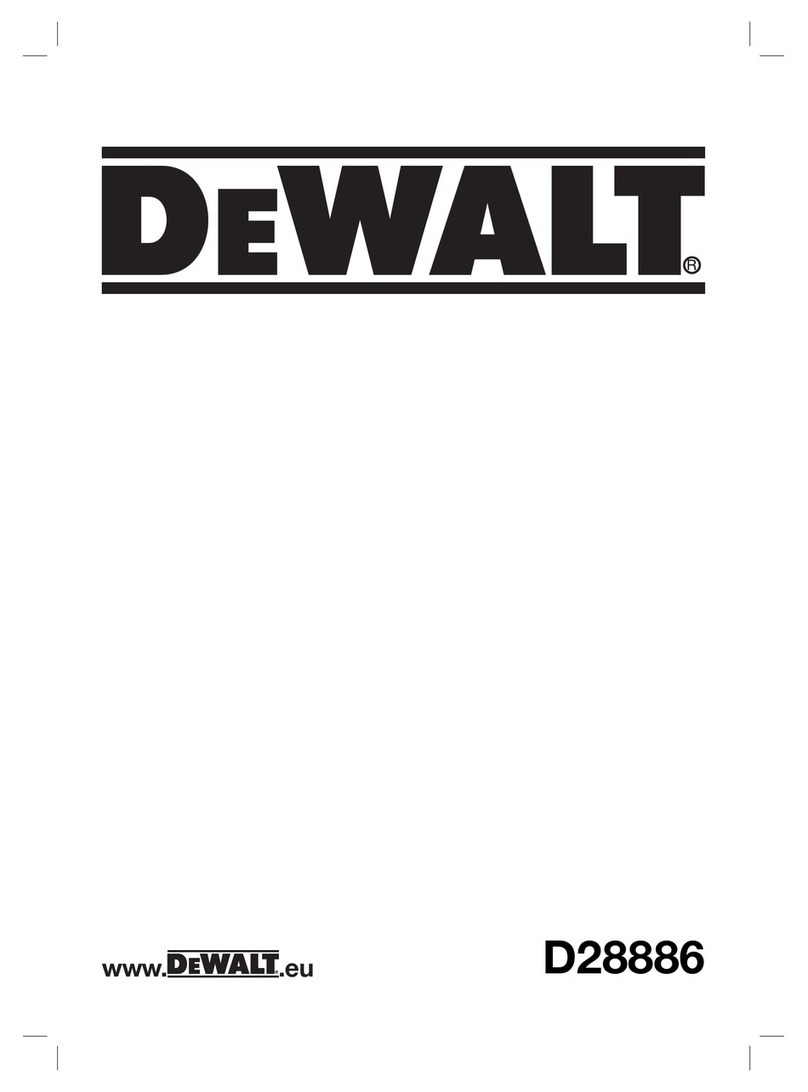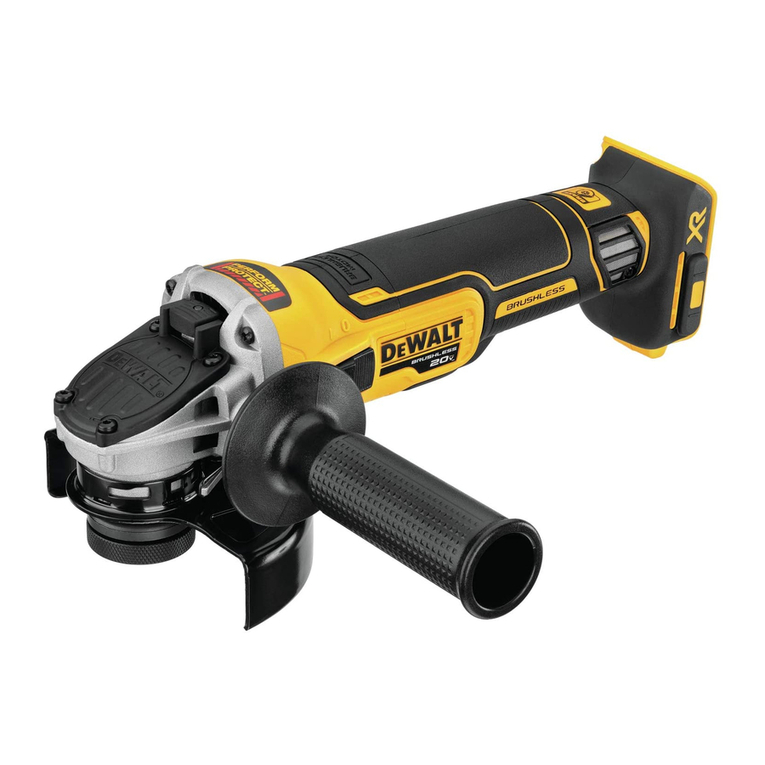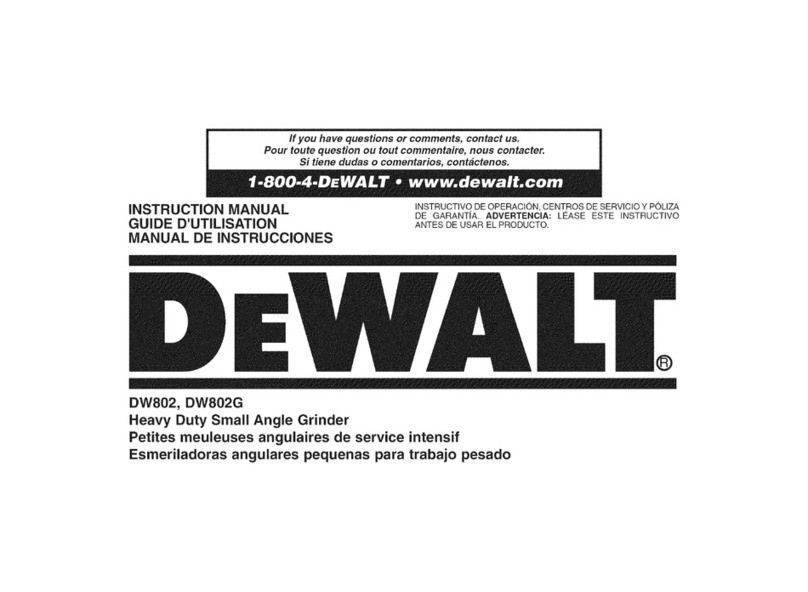IF YOU HAVE ANY QUESTIONS OR COMMENTS ABOUT THIS
OR ANY DEWALT TOOL, CALL US TOLL FREE AT:
1-800-4-DEWALT (1-800-433-9258)
SAVE THESE INSTRUCTIONS!
General Safety Instructions
AWARNIN!! Read and understand allinstructions. Failure to foflow aft instructions
listed below, may result in electric shock, fire
and/or serious personal injury.
SAVE THESE INSTRUCTIONS
WORK AREA
AKeep your work area clean and well lit. Cluttered benches
and dark areas invite accidents.
_Do not operate power tools in explosive atmospheres,
such as in the presence of flammable liquids, gases, or
dust. Power tools create sparks which may ignite the dust or
fumes.
Keep bystanders, children, and visitors away while oper-
ating a power tool. Distractions can cause you to lose control.
ELECTRICAL SAFETY
Grounded tools must be plugged into an outlet properly
installed and grounded in accordance with all codes and
ordinances. Never remove the grounding prong or modify
the plug in any way. Do not use any adapter plugs. Check
with a qualified electrician if you are in doubt as to whether
the outlet is properly grounded, ff the tools should electrically
malfunction or break down, grounding provides a low resistance
path to carry electricity away from the user. This tool may use
grounded construction (3 prong plug) to provide a means to
transfer electrical energy safely away from the user in the event
the tool electrically malfunctions, breaks down, or the tool case
becomes live. Damage to, or loss of, one of the 3 plug blades;
damage to the plug or cord, or failure to have the tool plugged
into a verified and continuously grounded electrical system, may
result in electric shock, serious injury, or death. To avoid these
risks of inju04 the tool must, at all times, be maintained and in
proper working order (cord, plug blades) and plugged into a con-
tinuously grounded electrical system. (See also "Cleaning" in the
Maintenance section, page 15.) Applicable only to Class I
(grounded) tools.
Double insulated tools are equipped with apolarized plug
(one blade is wider than the other.) This plug will fit in a
polarized outlet only one way. If the plug does not fit fully in
the outlet, reverse the plug. If it still does not fit, contact a
qualified electrician to install a polarized outlet. Do not
change the plug in any way. Double insulation _eliminates
the need for the three wire grounded power cord and grounded
power supply system. Applicable only to Class II (double
insulated) tools.
_Avoid body contact with grounded surfaces such as pipes,
radiators, ranges and refrigerators. There is an increased risk
of electric shock if your body is grounded.
_Don't expose power tools to rain or wet conditions. Water
entering a power tool will increase the risk of electric shock.
_, Do not abuse the cord. Never use the cord to carry the
tools or pull the plug from an outlet. Keep cord away from
heat, oil, sharp edges or moving parts. Replace damaged
cords immediately. Damaged cords increase the risk of elec-
tric shock.
AWhen operating a power tool outside, use an outdoor exten-
sion cord marked "W-A" or "W." These cords are rated for out-
door use and reduce the risk of electric shock.
